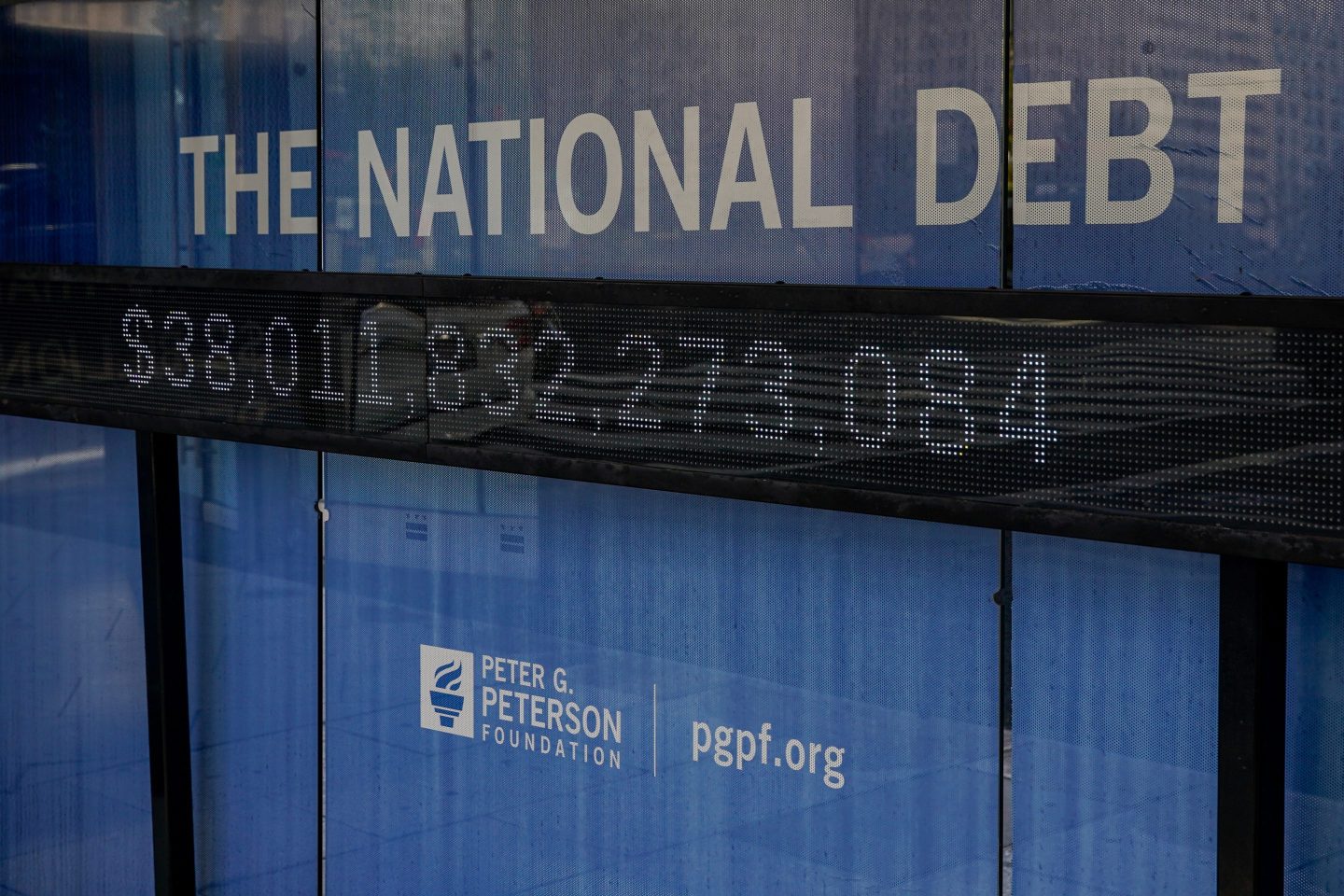FORTUNE — Snapchat is one of the world’s fastest-growing mobile apps, with users sharing more than 200 million “snaps” per day. For the uninitiated (or those over 30), “snaps” are instant messages/photos that self-destruct ten seconds or less after being viewed.
It also has one of the mobile world’s fastest-growing valuations, with multiple reports out today that the company has raised $60 million in new VC funding at an $800 million pre-money valuation (the company confirmed the deal, sans financial specifics).
What Snapchat doesn’t have yet, however, is revenue. Nor does it have easily identifiable paths to revenue.
Traditional mobile advertising would seem to be a no-go, given how quickly snaps disappear. There may be some residual recall value like with television ads, although it’s tough to compare a 10-second view when the user is focused on something else (i.e., the snap’s content) to a 30-second spot where the user only has one thing to watch on the screen. Much of the data also seems fleeting, compared with information collected by such companies as Pinterest and Tumblr. And, speaking of Tumblr, it was acquired by Yahoo (YHOO) at a valuation just 25% or so higher than this round. That would be a decent return for late-stage investors like IVP, but hardly spectacular.
So is this valuation based solely on massive usage/growth, and the belief that someone like Yahoo (YHOO) will be desperate for it as a feature? That doesn’t make sense to me either, given that Tumblr sold for just 25% more than the post-money. Snapchat always could introduce some sort of subscription model — or make unlimited snaps a premium service — but that could eat a bit into the growth and enable cannibalization by a rival service.
Or maybe the snap service is really just a Trojan horse, securing users while the company polishes up what could become the de facto mobile camera app.
One person who should know the answer is Dennis Phelps of Institutional Venture Partners, which led the new financing round. Unfortunately, he isn’t doing interviews on the deal. Instead, he wrote a blog post titled Ten Reasons Why IVP Invested in Snapchat. It left me with two thoughts:
- 1. Either Phelps is a lousy venture capitalist who doesn’t know what he’s doing, or
- 2. He knows exactly what he’s doing, and has expertly talked around telling readers of the blog post.
My guess is the latter.
Seriously, many of the reasons Phelps gives are generic enough that they could apply to dozens of startups, if not to hundreds. Mobile-first? Focused on imagery rather than text? The founders are digital natives? The company is based in Southern California?
And some of them just aren’t good reasons to invest. Namely the ones about following smart Series A investors (Benchmark and Lightspeed) and the one about “because they let us.”
So that’s why I come back to the idea that Snapchat has a grand plan that neither it, nor its investors, are willing to divulge. Yet. Not even in a 10-second message that self-destructs.
Sign up for Dan’s daily email newsletter on deals and deal-makers: GetTermSheet.com











